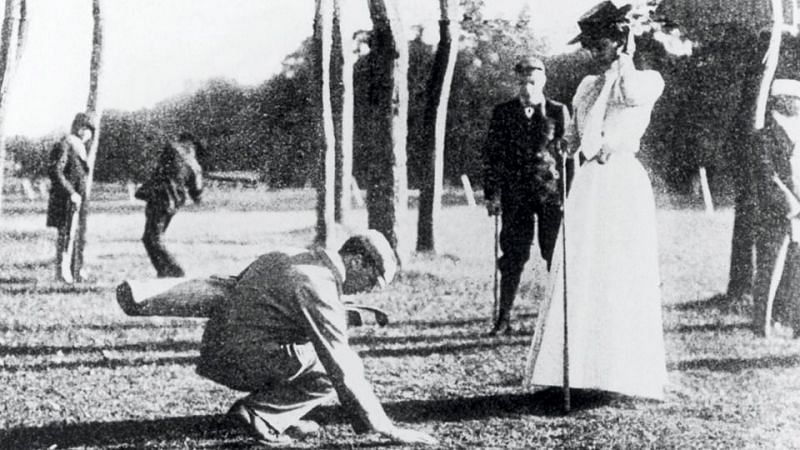


Flanders of the Boston and Maine Railroad and quotes heavily from him about railways of the future: It might be easy to dismiss the transportation problem by saying that a century hence we will be moving over the housesteps of Boston, a la Santa Claus, in airships, but even airships would not solve the transit question in a city like Boston, however practicable they may have become at that date.Īnderson spoke with General Passenger Agent Dana J. There’s no mention of the Big Dig anywhere in the article, but Anderson envisioned a world where everyone in Boston had cars, airships sailed over the city and moving sidewalks made walking so much easier. The three problems that bear the most important relation to the city’s future growth are those which concern the increase in its population, the development of its commerce and the improvement of its transportation facilities.
#1900 HOW TO#
In that golden age for Boston, when the population of the United States will be somewhere between 350,000,000 and 500,000,000, when the tides in the harbor will be made for furnish heat light and power, when every person will own his own automobile, or whatever it may be called in that day when people have learned how to live longer and suffer less from sickness when sewage and garbage nuisances will no more exist when new Franklin Institute will long have entered upon its career of usefulness, and when the great world’s fair in Boston shall have become a pleasant memory of the past, it is not too much of a task on the imagination to believe that women will have taken a much more important position in the business and political life than they hold today. Some highlights from the article appear below.

This article is an artifact that, like most predictions from the past, gives us some wonderful insight into the hopes and fears of Bostonians at the turn of the 20th century. From radio to television to Internet, it’s fascinating to look at the rapid and revolutionary changes in the way Americans consumed news over the course of the 20th century. This newspaper of the future was, of course, to be delivered by fancy pneumatic tubes, but you’d be hard pressed to find a young person in the year 2000 who even knew such a thing as an evening edition of the newspaper ever existed. With all the fantastically futuristic predictions made in the article, it’s somewhat interesting that the most quaint idea in the entire piece is the idea that Boston of the future will have both a morning and evening edition of the local newspaper.

He predicted that Boston at the turn of the 21st century would be so beautiful that the word “slum” wouldn’t even be found in the local dictionary. Overall, Anderson’s predictions are quite optimistic. Anderson, the article was titled “Boston at the End of the 20th Century.” Anderson envisioned a city with moving sidewalks, pneumatic tube delivery of everything from food to newspapers, and airships soaring high above the city. The DecemBoston Globe included an article that imagined what Boston would look like in the year 2000. "Airships may give us a birds eye view of the city."


 0 kommentar(er)
0 kommentar(er)
